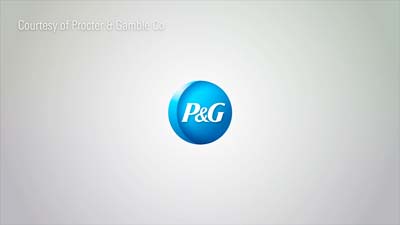Procter & Gamble Shows Prowess in Q1 Against Hardy Inflation and an Ailing Macro Backdrop
Yet the profit picture was not as rosy, with gross and operating margins contracting.

After wading through its first-quarter results, we don’t anticipate a material change to our $126 fair value estimate for wide-moat Procter & Gamble (PG), as a sizable decay in near-term sales on unfavorable foreign exchange and the positive impact of time value largely offset. Shares strike us as fairly valued at present (even considering the low-single-digit percentage bump on the print), but we suggest investors keep an eye on this competitively advantaged name for a potential downdraft in the stock price related to industry angst.
Unpacking the quarter, we found the 7% pop in organic sales to be impressive, but even more so the fact that volume only slipped 1% (excluding lower shipments to Russia, which was a 2-point-headwind). From our vantage point, this showcases the extent to which P&G’s investments have worked (thus far) to keep consumers within its brand families, despite the hefty run-up in prices at the shelf (a 9-point benefit in the quarter).
The profit picture was not quite as rosy, as gross and operating margins contracted to the tune of 160 and 70 basis points, respectively, to 47.4% and 24.0%. Commodity and freight cost pressures (compounded by the strengthening dollar) are wreaking havoc, with the combination serving as a 550-basis-point detractor to gross margins in the quarter. Even as management expects to incur a $3.9 billion after-tax headwind this year from these factors—on top of the $3.2 billion incurred in fiscal 2022—we posit P&G is equipped to combat these challenges. Beyond price (a 470-basis-point benefit to gross margins in the quarter), we also suspect that it will remain squarely focused on extracting inefficiencies from its operations (110 basis points in the quarter). And, even with the run-up in costs, we don’t think P&G will back down from investing in its brands. This underpins our forecast for 13% of sales to be directed to research, development, and marketing annually ($12 billion on average) over our 10-year forecast.
The author or authors do not own shares in any securities mentioned in this article. Find out about Morningstar’s editorial policies.

/s3.amazonaws.com/arc-authors/morningstar/c612f59b-89e0-422a-8f71-3eb1300d1a2c.jpg)
/cloudfront-us-east-1.images.arcpublishing.com/morningstar/CFV2L6HSW5DHTFGCNEH2GCH42U.jpg)
/cloudfront-us-east-1.images.arcpublishing.com/morningstar/7AHOQA64TFEQDMYMIMM6VUHYLY.png)
/cloudfront-us-east-1.images.arcpublishing.com/morningstar/JA7LQ2INFNFTZFBJLSDUZGIPJQ.png)
:quality(80)/s3.amazonaws.com/arc-authors/morningstar/c612f59b-89e0-422a-8f71-3eb1300d1a2c.jpg)